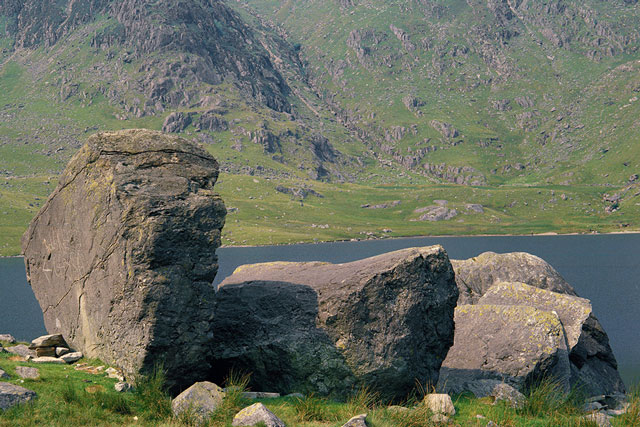Welcome to Facts Vibes! Today, we’re delving into the intriguing world of silt. From its composition to its ecological impact, we’ll explore key facts about silt that will leave you amazed. Let’s dive in and uncover the secrets of this often overlooked sediment.
Understanding Silt: Definition and Formation
Silt is a type of sediment that consists of fine particles, typically smaller than sand and larger than clay. It is formed through the erosion of rocks and minerals, as well as organic matter decomposition. Understanding silt is important in the context of geology, agriculture, and environmental science.
The formation of silt begins with the weathering and breakdown of rocks into smaller particles. This can occur through processes such as wind erosion, water erosion, or glacial action. As the rock particles are transported by natural forces, they gradually settle in riverbeds, lake bottoms, and other areas with slow-moving water. Over time, these accumulated fine particles form layers of silt.
Silt has significant implications in various fields. In agriculture, it affects soil fertility and drainage, influencing the suitability of land for cultivation. In geology, the study of silt helps to understand the history of sedimentary rocks and the formation of sedimentary basins. Moreover, in environmental science, silt can impact aquatic ecosystems and water quality by affecting streambed habitats and sediment transport.
In conclusion, understanding silt and its formation is essential for comprehending earth processes, agricultural practices, and environmental impacts. Its properties and behavior have a profound influence on natural systems and human activities.
Most popular facts
Silt particles are smaller than sand but larger than clay.
Silt particles are smaller than sand but larger than clay.
Silt is often found in riverbeds, floodplains, and areas with slow-moving water.
Silt is commonly found in riverbeds, floodplains, and areas with slow-moving water.
It is composed of mineral particles and organic material.
Soil is composed of mineral particles and organic material.
Silt has a fine, smooth texture that allows it to hold moisture well.
Silt has a fine, smooth texture that allows it to hold moisture well.
The presence of silt can improve soil fertility and drainage.
Yes, the presence of silt can improve soil fertility and drainage.
High silt content in water can be harmful to aquatic ecosystems.
High silt content in water can be harmful to aquatic ecosystems.
Construction sites can generate silt pollution through erosion and runoff.
Construction sites can generate silt pollution through erosion and runoff.
Silt deposition in water bodies can impact navigation and water quality.
Silt deposition can have a significant impact on navigation and water quality in water bodies.
The Nile River delta is known for its fertile silt deposits.
The Nile River delta is known for its fertile silt deposits.
Silt can be transported over long distances by wind and water.
Silt can be transported over long distances by wind and water.
Agricultural runoff can contribute to silt accumulation in rivers and lakes.
Agricultural runoff can contribute to silt accumulation in rivers and lakes.
Silt can accumulate in reservoirs, reducing their storage capacity.
Accumulation of silt in reservoirs can reduce their storage capacity.
The texture of silt makes it suitable for pottery and brick making.
Silt’s texture makes it suitable for pottery and brick making.
Silt can carry nutrients and pollutants, affecting downstream ecosystems.
Silt can carry nutrients and pollutants, affecting downstream ecosystems.
Dredging is commonly used to remove silt from waterways and harbors.
Dredging is commonly used to remove silt from waterways and harbors.
In conclusion, understanding the important role of silt in various ecosystems is crucial for preserving the balance of the environment. Its impact on agricultural productivity and water quality emphasize the need for sustainable management practices. By recognizing the significance of silt, we can work towards protecting our natural resources and promoting environmental sustainability.
